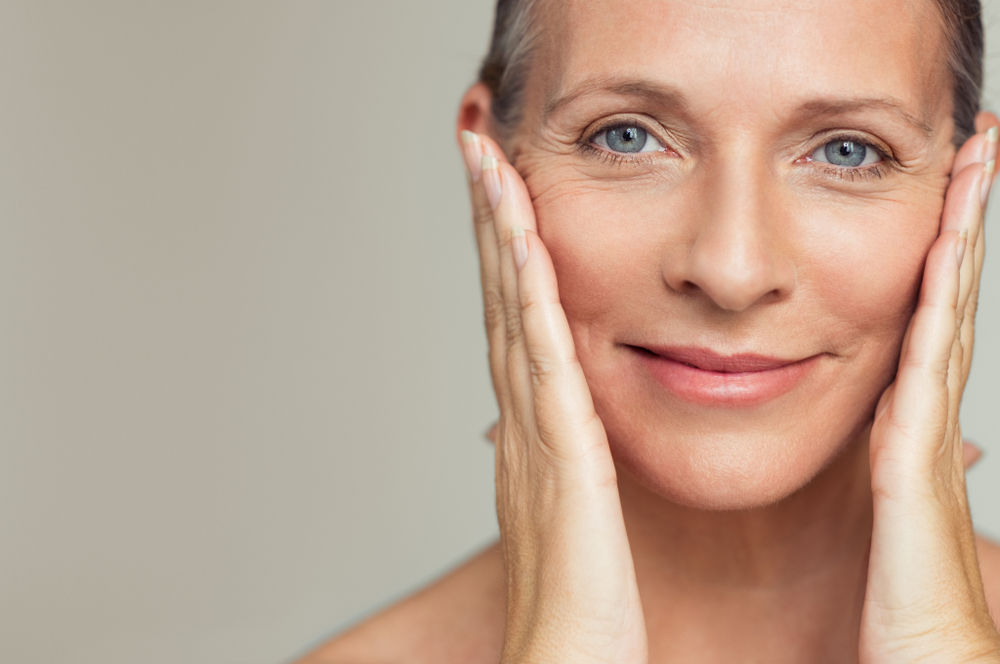Healthy skin is a matter of lifestyle. Find out how to regain your glow factor.
Cellular metabolism, or the set of biochemical reactions that occur within cells, affects all body organs, including the skin. On the slowing of metabolism and the ability of cells to regenerate themselves, skin aging depends. Older cells function less well, die, and are replaced. As time passes, this process is slowed down, the number of cells decreases, and as a result, vital skin functions are also no longer the same.
On the skin, this phenomenon results in wrinkles and fine lines, and loss of firmness and elasticity. Physiological aging affects all the layers that make up the skin: the epidermis (the superficial layer in contact with the external environment), the dermis (the layer underneath), and the hypodermis (the innermost layer).
Cellular metabolism and free radicals
Free radicals are waste substances formed as a result of cellular metabolism and whose harmful action on the body is blocked by the presence of antioxidants. Cellular metabolism is not solely responsible for free radicals, the formation of which can also be accelerated by psychophysical stress, which causes a series of processes that the body alone cannot compensate for, and by external agents such as pollution and UV rays. The problem is the excessive production of free radicals, which, unable to be disposed of, induce a real cellular overload with altered functionality.
This is why giving the body the optimal resources of antioxidants is essential to counter aging. Antioxidants are, in fact, substances that the body produces to block the action of free radicals that give rise to a process of oxidation, and subsequently, aging.
Antioxidants are produced naturally by the body, are taken through food, with supplements, and locally on the skin with cosmeceuticals to counteract oxidative processes (a chemical reaction that transfers electrons from a substance to an oxidant).
What are the most effective antioxidant active ingredients?
- The antioxidant par excellence is vitamin C a in pure and stable form
- And then vitamin E, which protects cell membranes from lipid peroxidation and has emollient, regenerating, moisturizing, healing, and anti-inflammatory properties.
- Polyphenols such as resveratrol derived from grape skin and ferulic acid.
- Retinol (vitamin A) is a powerful antioxidant that promotes cell turnover and combats damage from photo-ageing.
Glycation, aging, and lifestyle
Glycation is considered one of the factors responsible for skin aging. Among the responsible causes are advanced glycation end products (AGEs). How do they interact with the skin? Their role affects certain cells- particularly their proper reproduction and organization of the extracellular matrix. They can bind to collagen preventing its renewal, which causes loss of skin elasticity and wrinkle formation. The production of AGEs is linked to that oxidative-type metabolic stress mentioned earlier.
How can we counteract the glycation process? Doing regular physical activity, such as a simple walk, results in less formation of AGEs in our bodies. In addition to an active life, a key remedy to control the glycation process is to take care of our diet: limiting the consumption of foods high in sugar and refined carbohydrates as much as possible.
